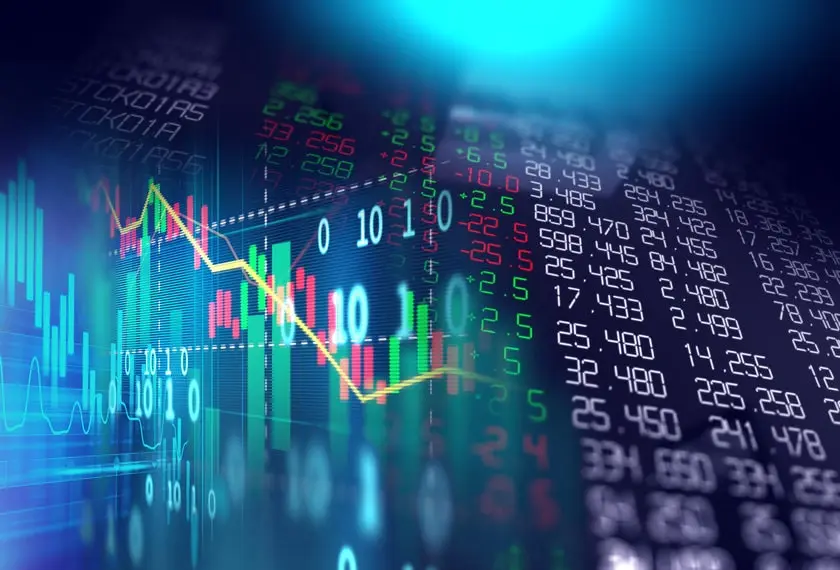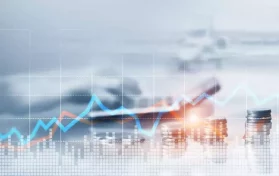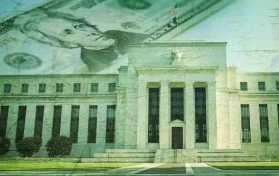
Record high inflation, snags in the supply chain, and shortages in the workforce have all contributed to a -1.4 percent drop in GDP (gross domestic product). The Commerce Department released the information on Thursday.
Economic experts at Refinitiv had expected the economy to show growth of 1.1 percent. Instead, the economy actually shrank.
Gross domestic product is typically seen as the greatest measure of goods and services as they are manufactured across the U.S. economy, and it’s also a chief indicator of the health of a strong economy. The negative number that data shows in the Commerce Department’s report is the worst in two years, when the pandemic first hit and caused an economic recession.
While this number is shocking, those in economics are encouraging Americans to be cautious. Chris Zaccarelli, CIO at Independent Advisor Alliance, says the data is “definitely a wake-call.” However, he also mentioned that this is only the first release of the data, which may be revised at some point (not uncommon with economic data). Zaccarelli did say that this is a “warning sign” that the “economy isn’t as strong as we thought.”
It’s also important to remember that this is only the first quarter of the year, and, when the year is up, there will likely be large swings in in growth and loss.
The nation’s gross domestic product fell between the fourth quarter of 2021 and the first quarter of 2022 by 0.3 percent. Between the third and fourth quarter of 2021, however, GDP was actually up by 1.68 percent.
Economists say that the drop in GDP is likely the result of a trade deficit – the U.S. is currently importing much more than it is exporting. Imports between January to March 2022 have risen by twenty percent and exports have fallen by six percent for the same time period.
Inventory investment on the part of business is also down; however, this is likely due to comparisons of the fourth quarter of 2021 – a time when businesses were restocking in hopes of a successful holiday shopping season.
The news is all gloom and doom, however. Consumer spending is still solid, as is investment in businesses. Both businesses and regular consumers have increased spending by 3.6 percent between January and March of this year. When compared with the same time period last year, consumer spending was up by 6.1 percent (there were similar numbers for business spending).
Unemployment seems to be improving as well. Unemployment was 3.6 percent last month, a number that has consecutively fallen for the past several months. Jobless claims are also down. At the same time, there are many more jobs available than unemployed, which contributes to the labor shortage.
Cliff Hodge, CIO at Cornerstone Wealth, says the Commerce Department’s “headline” regarding the dip in GDP is “misleading.” Hodge commented, “We’d rate the report neutral overall. Trade, inventories, and government spending all dragged, but the consumer held up (as did business spending).”
Unfortunately, the consumer is seeing less and less money in their wallet as a result of inflation, which could be a contributor to the total consumer spending numbers. The housing market is showing signs of slowing down, particularly due to higher interest rates and record-high housing costs.
Wall Street is also expressing concern that a recession may roll in by the end of 2022. The recession could happen for many reasons, including the aforementioned historically high inflation, the war in Ukraine, and “an increasingly hawkish Federal Reserve.” The Fed has already increased interest rates once, and economists predict there will be at least four more raises in the coming year.
The Fed has hinted that it may raise rates by a half-point rather than a quarter-point when it next raises rates. The next meeting of the Federal Reserve is in May, and the Fed has implied that another rate hike “is on the table.”





